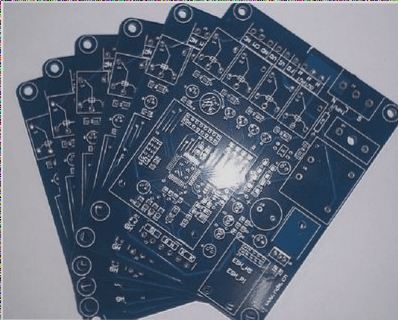How to Choose the Right PCB Board
When selecting a PCB board, it’s crucial to find a balance between meeting design requirements, manufacturability, and cost. Design considerations should encompass both electrical and mechanical components.
For high-speed PCB designs with frequencies exceeding GHz, material selection becomes critical. Common materials like FR-4 may not be suitable due to dielectric loss issues at higher frequencies.
Electrical considerations should focus on ensuring the dielectric constant and loss are suitable for the intended frequency range.

Strategies to Avoid High-Frequency Interference
To minimize high-frequency interference, it’s essential to reduce electromagnetic field interference, known as crosstalk. Techniques like increasing signal distance, using ground guard traces, and managing noise between digital and analog grounds can help mitigate interference.
Solving Signal Integrity Challenges in High-Speed Designs
Signal integrity issues often revolve around impedance matching. Key factors include signal source structure, trace characteristic impedance, load end characteristics, and trace topology. Solutions may involve termination techniques and adjusting trace layouts.
Implementing Effective Differential Wiring
Proper implementation of differential wiring requires maintaining equal line lengths and consistent line spacing to ensure parallelism. Differential pairs can be routed side-by-side or over-under on adjacent layers to achieve differential impedance.
Enhancing Differential Wiring for Clock Signals
Differential wiring is essential for differential signals but not applicable to single-output clock signals. Maintaining consistent parallel routing is crucial for signal quality.
Optimizing Differential Line Pairs with Matching Resistors
Adding matching resistors between differential line pairs at the receiving end can improve signal quality by matching the differential impedance.
Importance of Close and Parallel Routing for Differential Pairs
Proper spacing and parallel routing are vital for differential pair design, as they directly impact the differential impedance. Consistent routing helps maintain signal integrity and timing accuracy.
Addressing Wiring Challenges and Theoretical Conflicts
While isolating analog/digital grounds is standard practice, care should be taken to avoid crossing divided areas and minimize return current paths. Considerations like crystal oscillator stability and EMI reduction through trace arrangement are crucial.
Resolving Manual vs. Automatic Wiring Contradictions
Automatic routing tools offer constraints for controlling routing methods and via numbers. Choosing the right EDA company and settings can impact routing outcomes. Manual adjustments may be necessary for optimal performance.
Understanding the Role of Test Coupons
Test coupons are essential for measuring PCB board impedance with TDR. They help evaluate characteristic impedance for single lines and differential pairs. Proper ground point placement during measurements is crucial for accuracy and calibration.



